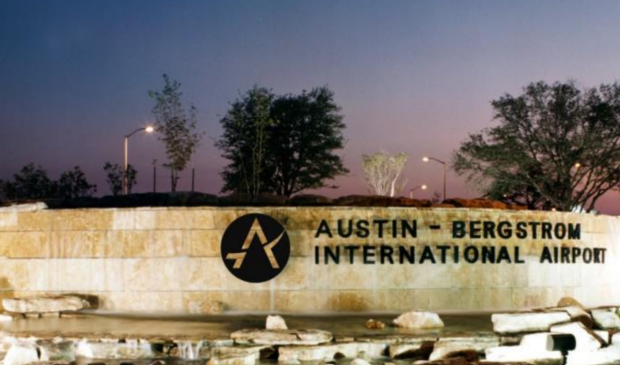Auditor identifies safety, contract management among areas of risk for airport
Tuesday, November 5, 2024 by
Chad Swiatecki A special report from the Office of the City Auditor has identified three areas of risk at Austin-Bergstrom International Airport as the facility moved forward with a $4 billion expansion.
The three risk areas – contract and vendor management, asset management and maintenance, and emergency management and safety – will be examined beginning in 2025 and beyond as part of further audits, in an attempt to manage them as the airport construction moves forward.
With the airport currently serving 22 million passengers per year, or twice its designed capacity, the report found the new construction activity has added billions of dollars in new contracts with builders and other vendors. Improper management of those contracts is likely to lead to “cost overruns, timeline delays, poorly planned or constructed projects, lawsuits, and reduced customer satisfaction,” the report said.
The asset management risk is related mostly to equipment and infrastructure needed to operate the airport successfully. In part, the report noted, “We did not see a clear strategy for the Aviation Department to maintain their assets. There also appeared to be limited review and oversight of these assets. Aviation staff reported their work order system is outdated with some issues being documented on paper.”
The safety and emergency response risks are related in some ways to a pair of recent worker fatalities, as well as “near miss” incidents that caused the airport to undergo federal scrutiny.
The report said proposed audits would evaluate whether the Aviation Department’s emergency planning and preparedness efforts are in line with safety requirements.
Another finding was that Austin’s airport was the only facility among those studied in nine other peer cities that lacked a team of internal auditors to provide the oversight of risk areas.
The report and the future of the airport was discussed at a special meeting of City Council’s Audit and Finance Committee held last month.
Ghizlane Badawi, CEO of the Department of Aviation, addressed questions from Council regarding the three risk areas. For the issue of asset management, she said the airport has recently started replacing major pieces such as gates and jet bridges that have been routinely used beyond the schedule prescribed in a 2019 master plan for asset management.
On the emergency management side, she said two planned manager-level hires have taken longer than expected to fill but those duties are being covered by existing staff while the city’s human resources department helps to fill the positions.
Related to contract management, Badawi said the airport currently has 55 aviation contracts, another 70 related to aviation, and over 200 contracts for routine operations that the city is a party to and helps in managing. A request for proposal that was slated for release last month is intended to hire a contractor to evaluate the airport’s audit and control process, which Badawi said will soon include an internal audit team.
While the airport has recently brought its job vacancy rate down to 17 percent after at times having more than 30 percent of its positions unfilled, Council Member Alison Alter said setting compensation at the median, or 50 percent of the range of peer airports for similar positions, may no longer be adequate.
“We’ve had this conversation multiple times with respect to our enterprise units, but really generally I’m not sure that Council is in agreement that we should be having our benchmark be to 50 percent of market when we are, in Austin especially, when we’ve had trouble hiring,” she said. “I don’t know if that is a policy that needs to come back through Audit and Finance. We’ve raised it multiple times and we’ve been told it was being looked at but … we continue to see the vacancies at our enterprise fund organizations in particular.”
The Austin Monitor’s work is made possible by donations from the community. Though our reporting covers donors from time to time, we are careful to keep business and editorial efforts separate while maintaining transparency. A complete list of donors is available here, and our code of ethics is explained here.
You're a community leader
And we’re honored you look to us for serious, in-depth news. You know a strong community needs local and dedicated watchdog reporting. We’re here for you and that won’t change. Now will you take the powerful next step and support our nonprofit news organization?







